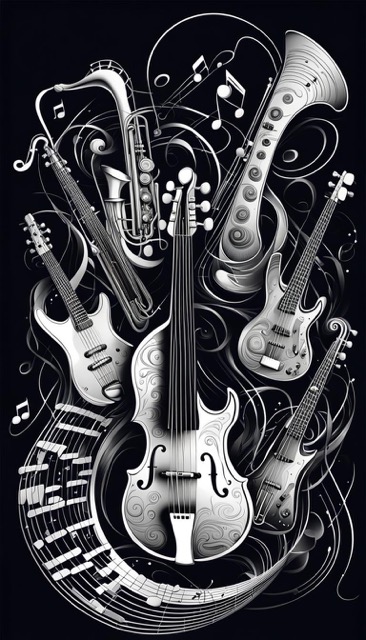Audio & Video
The world of audio and moving images has journeyed from stop-motion animation and silent films to a dynamic digital landscape where technology continues to revolutionize storytelling.

Audio and Moving Images
From the early days of handcrafted animation frames and analog sound recordings, we have witnessed remarkable advancements that have shaped the entertainment industry. Stop-motion animation, which involved painstakingly capturing individual frames of physical models, paved the way for the rich history of animated films. Silent films enthralled audiences, relying solely on visual expression to convey emotions and narrative.
As technology evolved, the introduction of synchronized sound in films marked a turning point, forever transforming the cinematic experience. Then came the advent of color television, digital recording, and CGI (Computer-Generated Imagery), which gave filmmakers unprecedented creative freedom, blending reality with imagination in ways never seen before.
Today, artificial intelligence (AI), virtual reality (VR), augmented reality (AR), and immersive audio technologies are at the forefront, further blurring the lines between reality and fiction. AI has entered the world of content creation, from AI-generated soundscapes and film editing to AI-assisted music composition. These tools are reshaping not only how content is made but also how it is consumed.
The future of audio and moving images promises even greater levels of interaction, immersion, and personalization, driven by the continuous merging of art, technology, and innovation. What began as simple stop-motion and silent pictures has evolved into a vast, interconnected realm where creators and audiences are part of an ever-changing digital narrative.

Launch a music project
with thoroughly researched tips to help with
taking-off in today’s technology driven world.
